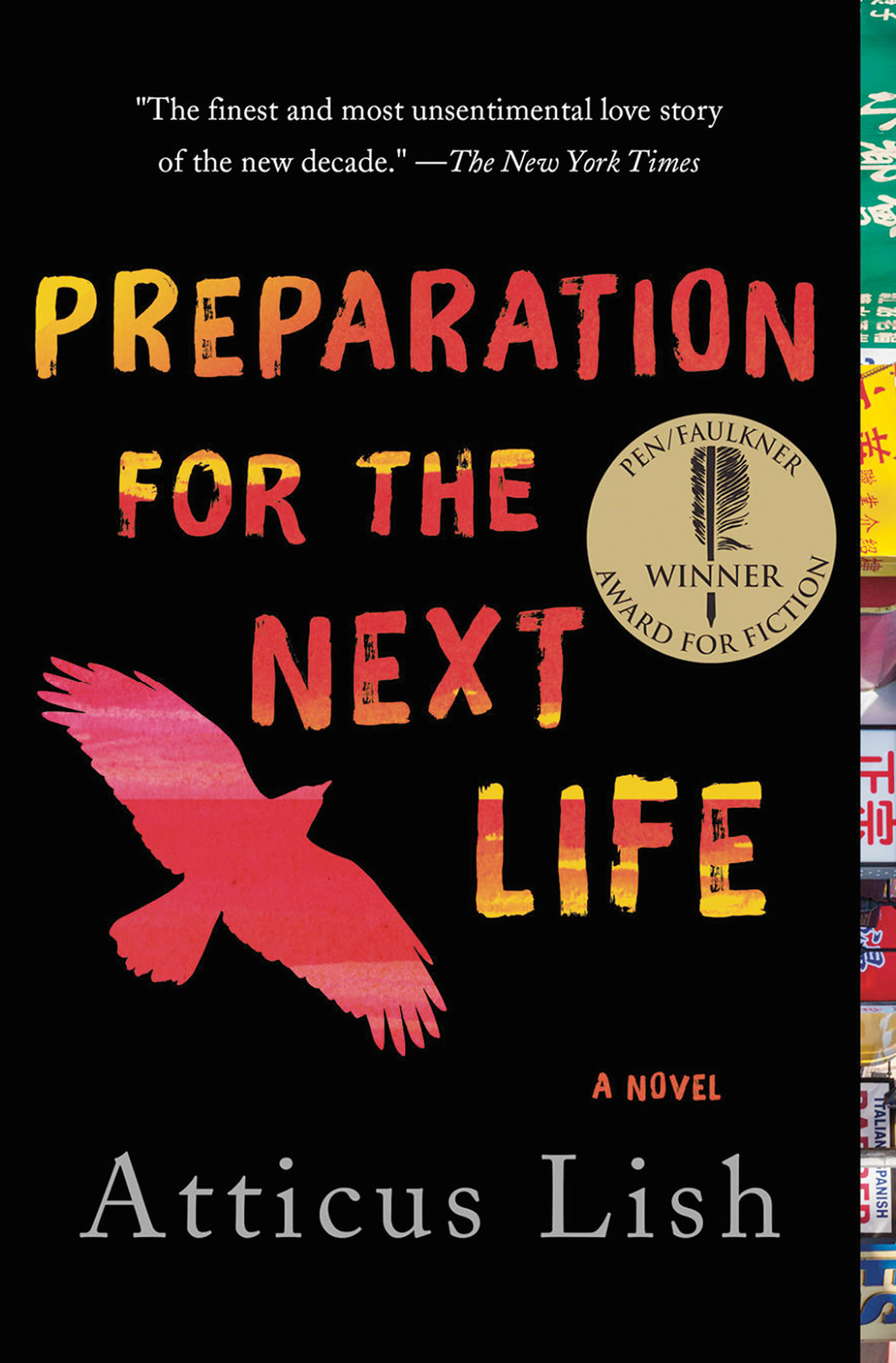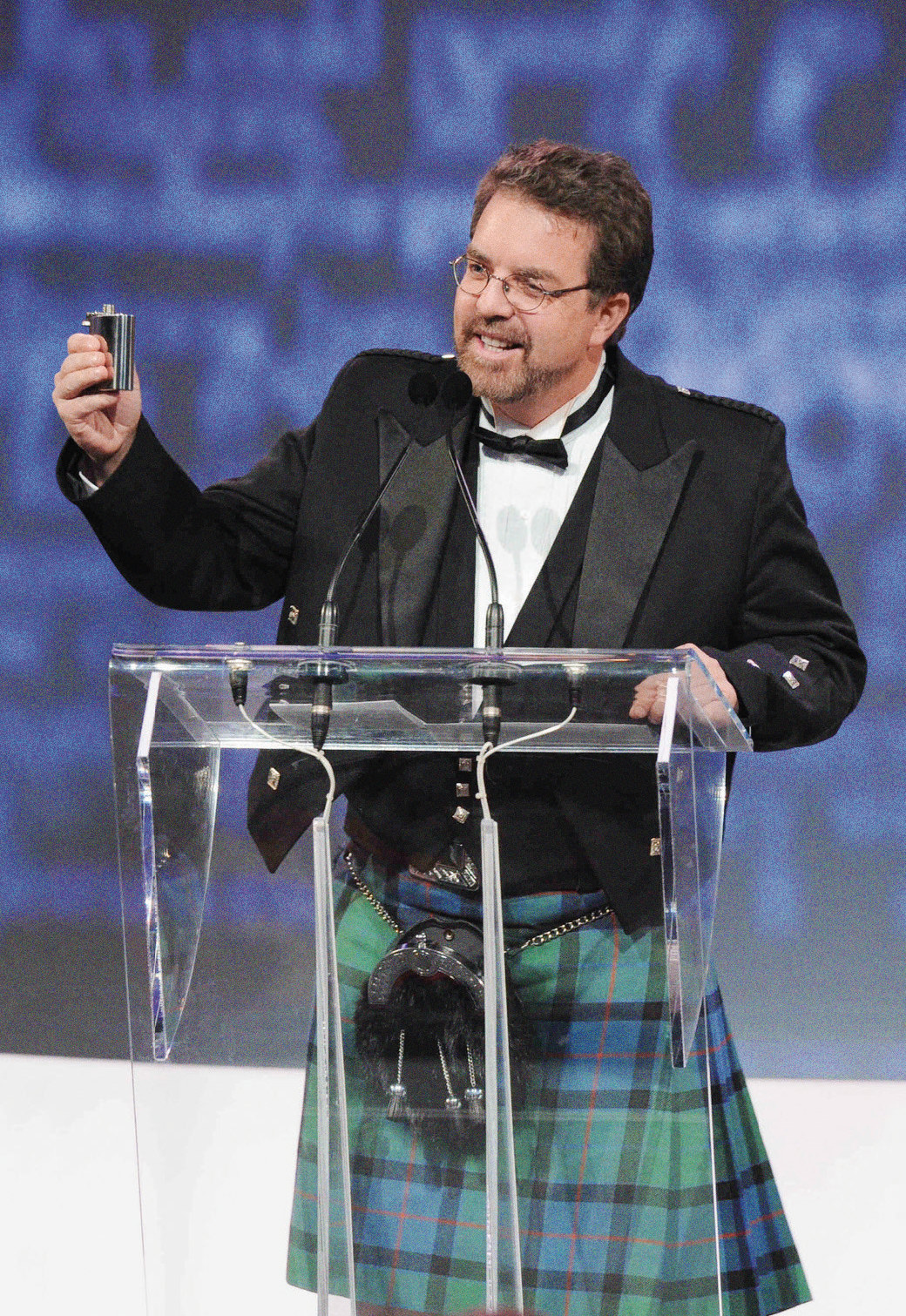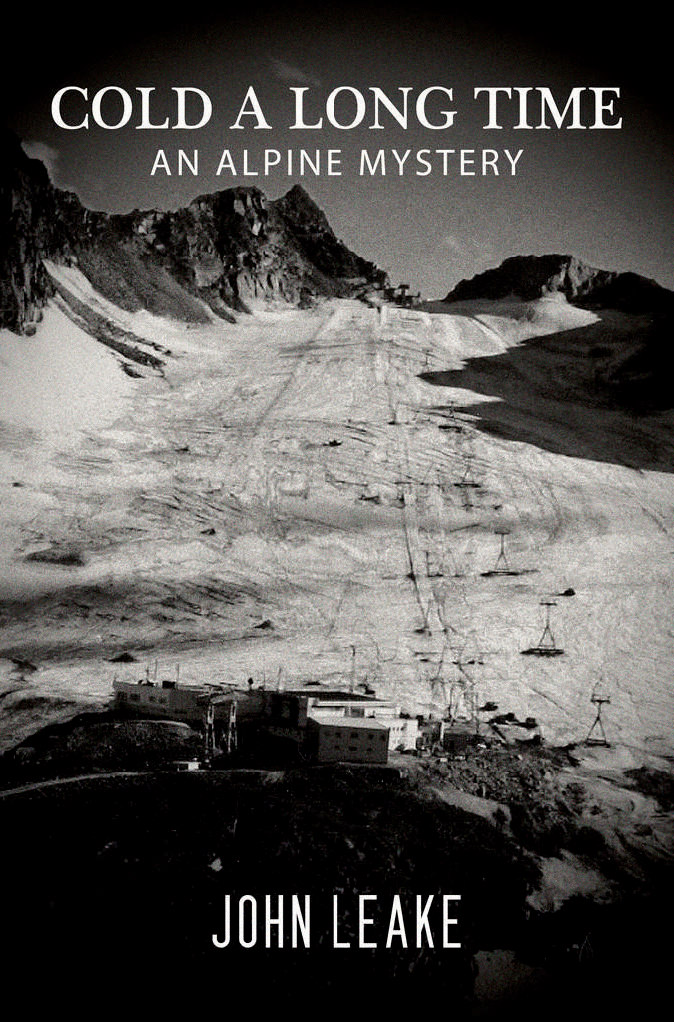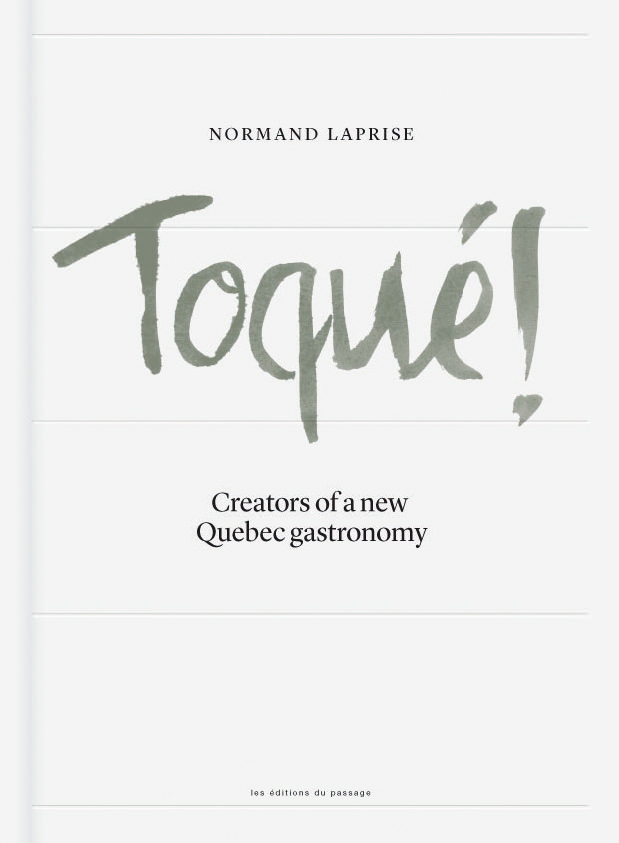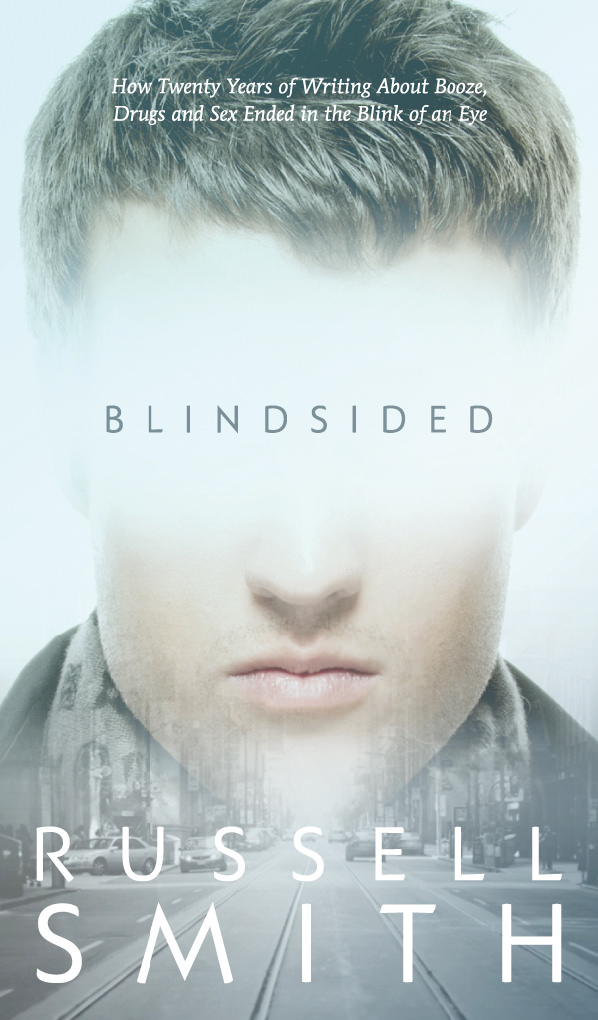Off the Shelf: Antibodies, Thinking Bodies, Nobodies
Books by Eula Biss, Matthew B. Crawford, and Atticus Lish.
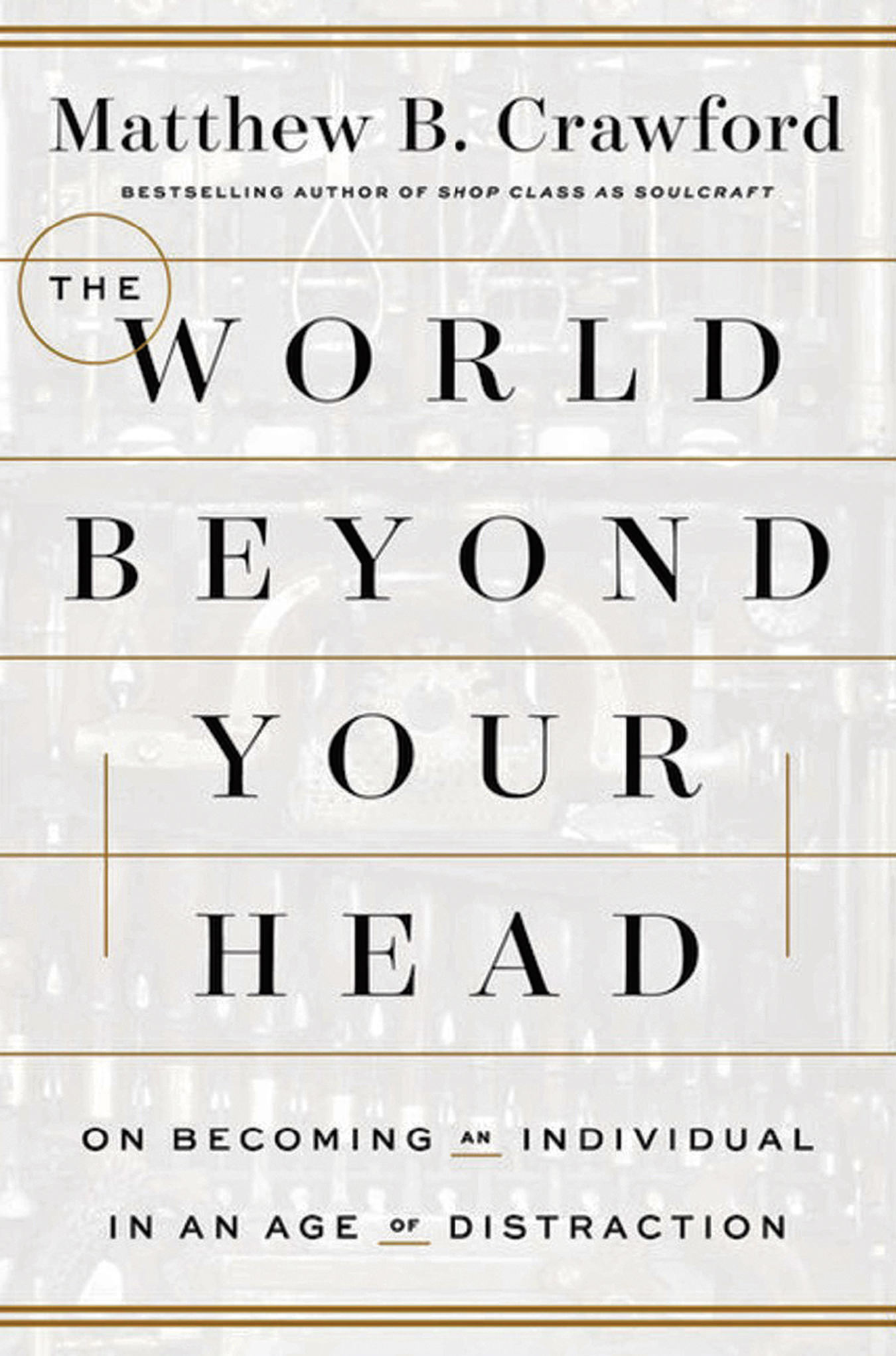
A virologist I once met at a dinner party said something about micro-organisms that has stayed with me. In paraphrase, and through roast chicken, “They’re not just doing better than any other life form on Earth, they are—viruses and bacteria—winning by a landslide!” He launched into ballpark figures illustrating how many of these organisms live in our bodies, how many are known to scientists, how many new viruses people expect to identify in the next few decades, how many will emerge but evade identification. The numbers would have been similar if he’d been an astronomer regaling me with information about the stars in the firmament. Unfortunately, virologists can put a pall on your dessert.
Winters are usually halfway through their long siege before I remember to consider getting a flu shot. Like pollution and toxins, some of us are more affected at the nervous level when considering infection in the abstract; an inverse relation to proximity to our own bodies sometimes triggers a more intense fear. Or perhaps framing these troubling phenomena as processes spanning the globe allows our intellects to pay out just the right amount of panic.
On Immunity may make you wonder whether the one true disease is the attempt to extricate oneself from the living web of interdependence and cohabitation.
It’s good to have a thinker take on one of our current Super Fears for us, performing the services of meticulous research, reserved judgment, cultural and historical contextualization, and the capacity to dwell in ambiguities. Eula Biss’s On Immunity: An Inoculation was a surprise best-seller—it was named one of the best books of 2014 by The New York Times and a finalist for the National Book Critics Circle Award. Her previous collection of essays, Notes From No Man’s Land, had already scooped one of those laurels, so they passed her over this time. Biss is a consistently brilliant writer of non-fiction. Her ability to expand the cultural and sociological scope of the essay form while still tending its roots in personal memoir makes for a singularly inclusive, calm voice.
When her son was born, Biss suffered an inverted uterus resulting in massive blood loss. During a slow recovery she found herself gripped by night fears for her newborn, both rational and not. It’s from this launching point—a place of acute vulnerability and confusion—that Biss takes off into the murk of toxicology, epidemiology, history, mythology, immunology, and much else besides. Yet she doesn’t remain alone; her world (educated, urban middle class) includes the inevitable web of new mothers, some of whom are of like mind, some not. Biss’s generosity shows in how closely she listens to fear, always allowing that contingencies of class, culture, and history can make an opposing viewpoint immediately more comprehensible.
Back to immunity—once we’ve learned how states have pressed, coerced, and outright forced citizens in the not-too-distant past to be vaccinated under threat of punishment, it becomes a little easier to see how a parent, armed with just enough history, could internalize the spirit of revolt and self-defence many of the West’s underclass had to conjure just to protect themselves. We’re all indebted to some extent to their resistance activities for making vaccines as safe as they are today.
And this is the gentle crux of the book’s power: Biss makes ample room for fear, knowing we’re all infected by bouts of its more irrational strain from time to time. However, her writing is like a heat slowly burning through the fog of misapprehension. “The womb is sterile, and so birth is the original inoculation,” Biss writes near the book’s conclusion. “Passing through the birth canal, an infant is introduced to the microbes that will inhabit that infant’s skin and mouth and lungs and gut for years to come. From birth onwards, our bodies are a shared space.” And she doesn’t mean shared begrudgingly. All the other lives inhabiting our bodies are as essential to our well-being as the bodies and lives we share the world with. Biss passes through a tunnel of fears and protectiveness into an earned knowledge of interdependence and cohabitation. This book may make you wonder whether the one true disease is the attempt to extricate oneself from this living web.
Matthew B. Crawford offers a new critique of Enlightenment views on what it means to be human.
The World Beyond Your Head: On Becoming an Individual in an Age of Distraction should be forgiven for its clunky subtitle. It’s not what it sounds like. Matthew B. Crawford, senior fellow at the University of Virginia’s Institute for Advanced Studies, is a philosopher, a cultural thinker, and “a fabricator of components for custom motorcycles.” His previous book, Shop Class as Soulcraft (I’ll spare you the subtitle), was a massive best-seller and stirred up policy wonks on both sides of the Atlantic.
Drawing on recent thinking in cognitive science, consciousness studies (particularly inquiries into the nature of attention and embodied consciousness), philosophy, political science, and something like systems theory, Crawford offers a new—and fuller for being less trenchant—critique of Enlightenment views on what it means to be human. By first laying out the dark contours of the West’s centuries-long self-understanding as atomized, enclosed individuals looking out through our alienated eyeballs at “the objective world”, Crawford skillfully teases out some modes of behaviour and being that radically undermine this cold sterility. Enlightenment reason is not being tossed into the bin wholesale, it’s just the needlessly limiting binary worldview Crawford insists on adjusting for the better.
“For the better” here should be read as something like: because the world is physically resistant, nonpliant, and frustrating, our bodily engagement with it constitutes a deeply valuable and essentially human way of being and knowing.
The World Beyond Your Head interweaves visits to skilled workers and players (leisure is allowed) with passages of abstract argument and lessons in the history of liberalism. The representatives of skilled work who get cameos range from short order cook to motorcycle racer to the staff of an organ maker’s shop. Each episode is fully rendered and engaging, and Crawford is an immaculate observer whose prose hums along even when conveying remarkably intricate packages of technical knowledge.
But the point Crawford makes is not that we should stand apart and admire one another’s craft (though it’s hard not to). He wants us to recall the pleasures and very real benefits of a specific sort of attention. Our bodies, it seems, are not the awkward chassis carrying our perceptive selves around; our bodies are our perceptive selves. Inhabiting the world through physically attending to a skill conjures a palpable alignment of object-body-knowing that is not replicable through other means. Crawford is good at treading perilously close to Luddism, then drawing back, when discussing digital technology and the image, or representation. It shouldn’t be a surprise to anyone, even futurist gung-ho coders, that we’ve entered a cultural moment in which “the novel stimulus” (that thing it’s impossible not to look at) has become ubiquitous. We don’t have to be overly sensitive “olds” to find it simply impossible to sit in a restaurant or bar under a bank of hi-definition flat screens. It isn’t just distracting, it’s actually mentally exhausting to focus on anything else. This isn’t opinion; it’s how we’re wired. If the stimulus is flashy and brightly coloured, or otherwise different from the visual field in general, our attention gets sucked in like light to a black hole.
So what is Crawford’s prescription? There isn’t a fix, unfortunately, and I respect him for staying away from dishing up a cure. There’s no option of rejigging or renovating our digital environment and certainly no way of shedding centuries of Enlightenment inheritance. We can, however, decide for ourselves how difficult it might be to carve out a space in which an inner life is engendered by the things of the world, as opposed to representations of those things.
There is a wealth of ideas to consider in Crawford’s analysis, and much one could disagree with. The pleasure of witnessing a focused, sustained examination carried out in fine-tuned prose should be worth the price of a few hours away from SimCity.
Atticus Lish’s debut novel could be the most difficult thing you’ve read in some years.
A healthy portion of recent American fiction takes place in social milieux that can broadly be described as middle class or higher. There’s nothing surprising about this. Writers often come from households full of books, then go on to enjoy higher education and the social capital of their peer group—no matter how close to the bone their adult working lives may become. Atticus Lish’s debut novel serves to remind us—because we do need reminding—that the lives of the working poor, the disenfranchised, the economically marginalized are equal to any drama in which credit, homes, careers, and family are at play. Preparation for the Next Life could be the most difficult thing you’ve read in some years. It is raw.
Zou Lei is in New York illegally. A “peasant” Uighur woman smuggled into the U.S. without papers, contacts, family, money, or English. In the book’s opening, Zou Lei is held without counsel, or even explanation, in a detention centre for three months. Let back out on the street, she makes her way on foot to low-wage drudgery in Flushing, Queens.
On a course heading toward her is Skinner, also homeless, and seemingly alone. He’s an Iraq War veteran carrying an assault pack and a platoon’s worth of thinly suppressed trauma from combat. Skinner doesn’t know where he’s going or where he is; he seems brutally propelled forward by his own psychic damage. The two meet in squalor and become lovers. What follows for the couple is harrowing, to say the least. The phrase “living hand to mouth” gets used too often by those of us who’ve never inspected its meaning for very long. Being with Zou Lei and Skinner as their lives get buffeted from one stained, decrepit, hopeless patch to another reads as both electrically vivid and impossibly futile.
Lish writes dilapidation, steel awnings, graffiti, decrepitude, and dispossession in the pure pigment of exact, relentless detail. His prose, like that of the great realists before him, becomes a kind of camera trained on blasted expanses and hardscrabble immigrant neighbourhoods in the outer reaches of the urban fabric. Lives lived out of shopping bags, unseen, no cash even for transit, if there was a functioning transit. Black markets, illegal work, and a single pair of jeans hand-washed in a sink. Skinner and Zou Lei loom up as massive, living, struggling people in this novel. How they manage to love at all, in spite of their battering circumstances, is a question you’ll ponder after reading Lish’s scorcher of a first book.


